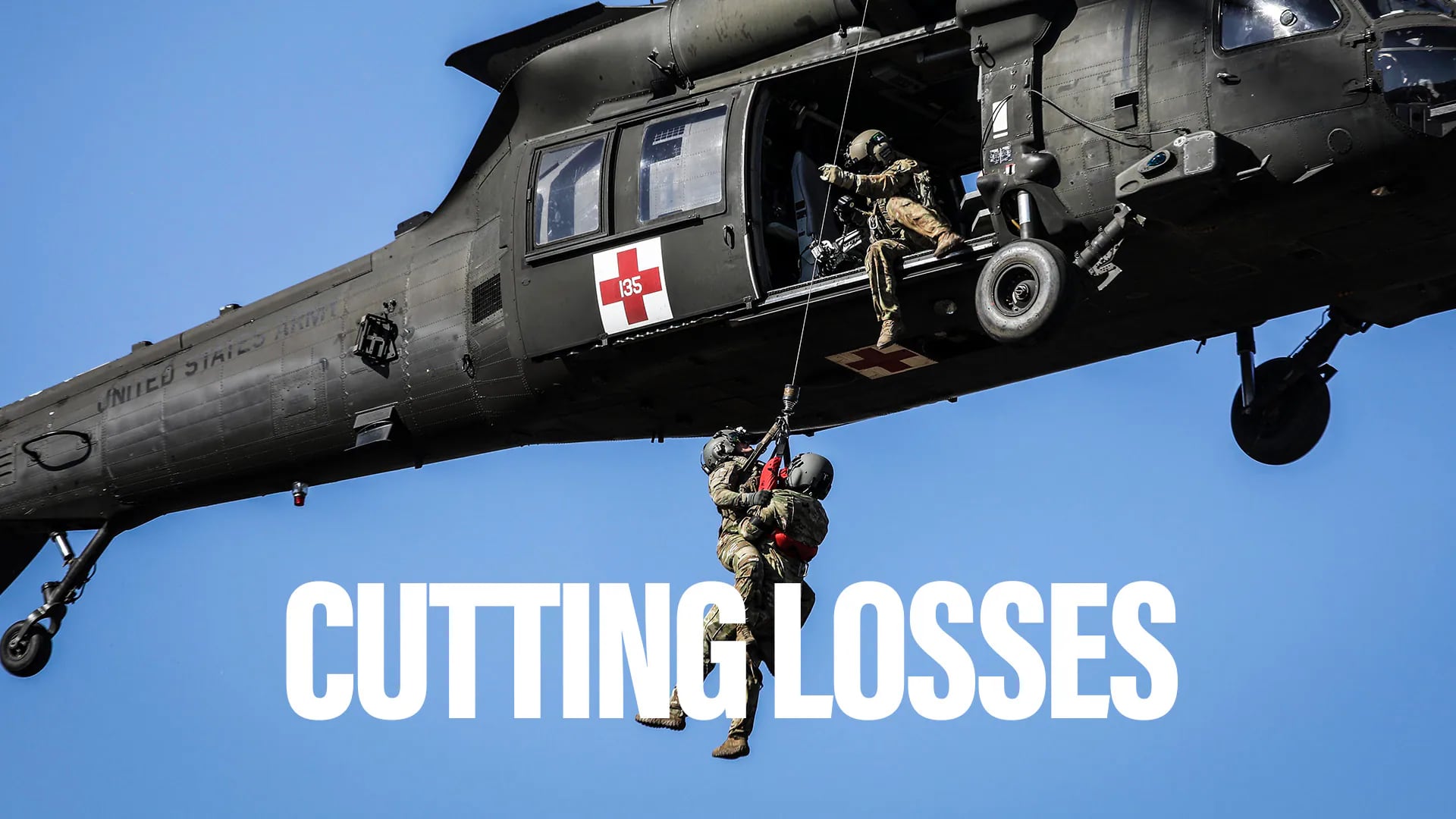WASHINGTON — Expect the US Air Force's FY16 budget request to look similar to what the service submitted in FY15, including an ongoing push to retire fleets of aging aircraft, the services top two officials told reporters Thursday.
Speaking at a semi-annual "State of the Air Force" event, Secretary Deborah Lee James and Air Force Chief of Staff Gen. Mark Welsh confirmed they will move forward with plans to retire fleets despite strong pushback from Congress over the A-10 Warthog and, to a lesser extent, the U-2 spy plane and KC-10 tanker.
"We are going to be asking the Ccongress, of course, to eliminate sequestration, as well as to allow us to get rid of excess access base infrastructure," James said in her opening remarks, "and we will once again ask for the authority to divest some of our older aircraft in order to free up money to plow back into people, readiness and modernization."
While James avoided specifics ahead of the formal budget rollout, she said the budget will feature key investments in "the nuclear enterprise, cyber, space, our national and reserve forces, and ISR."
Defense News reported in September that the FY16 budget request will look much like its FY15 sibling, and based on Thursday's comments that is likely true – with some potential changes.
When the budget was first being developed, the threat from the Islamic State , also known as ISIS, had not emerged. Since then, the Air Force has been locked into a long, constant air campaign, one in which James said the service has flown 60 percent of the 16,000-plus sorties over Iraq and Syria.
That inevitably leads to altered plans, something James alluded to when asked how these the anti-IS operations are impacting the service's plans.
"We are constantly monitoring what is going on in the world, we are constantly making adjustments as a result,," James said. "So I think it's safe to say the budget submission, when you see in the totality, will reflect some of those changes."
The use of the A-10 against Islamic State forces — James said the Warthog is now doing about 11 percent of the sorties — has not changed leadership's mind about the need to retire the older system as a cost-saving measure.
Asked if she had any regrets about trying to retire the plane, James was direct: "No, I do not."
The fight over the A-10 has been particularly brutal for the service, opening up a trust gap between the Hill and the Air Force.
James, who has acknowledged past failures of the service to work more closely with Congress, admitted there was work to do but expressed confidence the newly elected members would be open to the service's message.
"It's probably not a magic bullet answer," James said. "There's new members of Congress. We have to educate, we have to continue to explain about why we need to not only invest in today, but invest in tomorrow."
Whether that flies with new Senate Armed Services Committee Chairman Sen. John McCain, R-Ariz., remains to be seen; McCain has been one of the strongest protectors of the A-10.
James also said she expects the Pentagon to submit a budget going over the Budget Control Act caps.
Welsh, meanwhile, expressed confidence that the F-35A joint strike fighter would remain on track to go operational sometime between August and December of 2016, despite a maintainer issue that has been attributed by the service to its inability to retire the A-10.
Following James' call to Congress to end sequestration, Rep. Congressman Mike Turner, cChairman of the House Armed Services Subcommittee on Tactical Air and Land Forces subcommittee, released a statement calling the reversal of sequestration his "top priority."
"I am optimistic that with a Republican Senate and a larger House Republican majority, there will be increased momentum to find a solution for sequestration," Turner said in his statement.
Email: amehta@defensenews.com.
Twitter: @AaronMehta
Aaron Mehta was deputy editor and senior Pentagon correspondent for Defense News, covering policy, strategy and acquisition at the highest levels of the Defense Department and its international partners.








